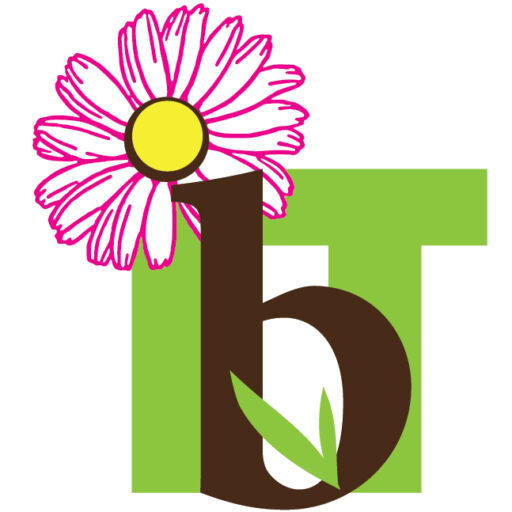Course Length: 5 days
Course Overview
The software development industry has gone through several revolutions over the last 50 years, the most recent of which is the introduction of Microsoft’s .NET platform. The software industry has made major transitions in the past, including machine languages (0s and 1s), symbolic languages (COBOL and FORTRAN), procedural language (Pascal and C), and object-oriented languages (Smalltalk, C++, and Java), each with its own improvements in productivity and programming power. .NET is a similar revolution. As a programmer, you will want your skills on the leading edge of this revolution. Of all the languages targeting the .NET platform, C# has been tailor-made for future .NET developers.
You have experience in programming in at least one other object-oriented or object-based programming language. You are now entering the new world of .NET programming, using the C# programming language and the Visual C#.NET integrated development environment inside Visual Studio.NET. This is one in a series of C# programming courses offered.
Target Audience
Visual Basic, C++, and Java programmers with at least one year of practical experience who want to learn C# programming.
Prerequisites
To ensure your success, we recommend you first take the following courses or have equivalent knowledge:
Course Content
Module 1: Creating Simple C# Programs
- Create a Simple C# Console Application
- Use a Namespace
- Comment Code
- Create a Simple Class Library
- Test a Simple Class Library
- Create a Simple C# Windows GUI Application
Module 2: Working with Classes
- Define and Use a Class
- Use Access Modifiers
- Define Namespaces
- Declare an Abstract Class
- Derive a Concrete Class from an Abstract Class
- Use an Abstract Class and its Concrete Derived Class
Module 3: Working with Methods
- Implement Constructors
- Implement a Destructor
- Override a Method
- Overload a Method
- Overload an Operator
- Pass Parameters
Module 4: Programming with Forms and Controls
- Create a Graphical Program Using Standard Built-in Controls
- Create a Custom Control
- Use Custom Controls on a Form
Module 5: Writing Statements that Control Program Flow
- Write Conditional Statements
- Write Loop Statements
- Write Jump Statements
Module 6: Using Types in C#
- Use Predefined Data Types
- Differentiate Between Reference and Value Types
- Use Casting
- Define and Use a Struct Type
- Define and Use an Enum Type
Module 7: Programming with Exceptions
- Catch Exceptions
- Define Custom Exceptions
- Throw Exceptions
- Utilize the final Keyword
Module 8: Working with Interfaces
- Define an Interface
- Implement Interfaces in Derived Classes
- Invoke Interface Methods
Module 9: Working with Arrays and Collections
- Define a Rectangular or Higher-Dimensional Array
- Use a Rectangular Array
- Define a Jagged Array
- Use a Jagged Array
- Choose and/or Create a Collection Type
- Use A Collection Type
Module 10: Working with Properties and Indexers
- Expose Properties
- Expose Indexers
Module 11: Building and Deploying Assemblies
- Create an Assembly with the C# Command Line Compiler
- Use Ildasm
- Deploy an Assembly Locally
- Create and Deploy a Shared Assembly
Module 12: Interoperating with Legacy Code
- Write Code that Interoperates with Win32
- Expose Legacy COM Components to C# Clients
- Expose C# Components to Legacy COM Clients
You May Also Be Interested In:
Introduction to Programming with Python
Advanced Programming Techniques with Python
Fast Track to Java 11 and OO Development

